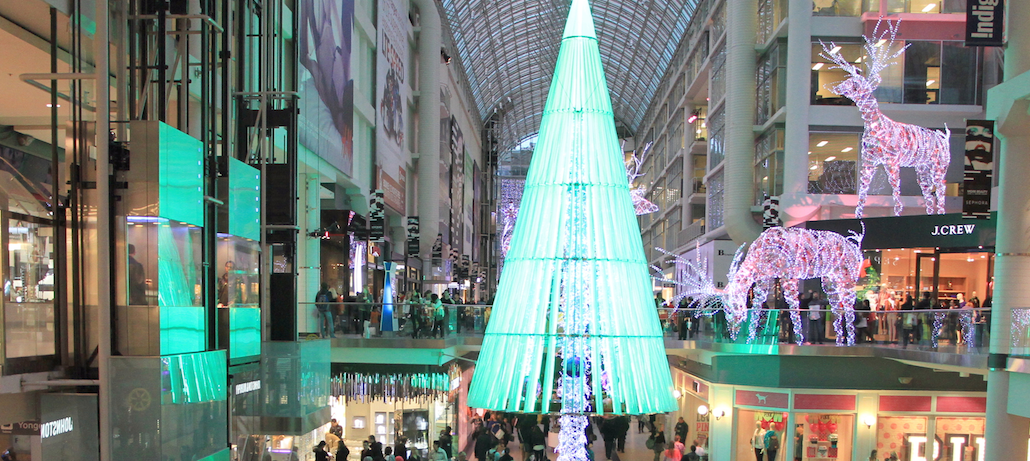Christmas in July: The 2015 online holiday shopping forecast in 5 charts

The calendar may read June, but for the retail industry, it’s time to start preparing for the holiday season.
For the past few seasons, a running narrative surrounding holiday shopping has been that the traditional hype is diminishing. Thanks to e-commerce, deals are more readily available over a longer period of time, and people aren’t flocking into stores to take advantage of sales.
But talk of the decreased value of the holiday shopping season for retailers is misleading. At least, that’s a key takeaway from IBM’s annual Online Retail Readiness Report. “It continues to be a really important shopping period. It may be starting earlier and lasting longer, but it’s been growing consistently,” said Jay Henderson, IBM’s director of product strategy.
Across the board, Cyber Monday continues to be the biggest shopping day online over the entire year. And as retailers prepare for the e-commerce holiday, Henderson said that the focus, now more than ever, should be on mobile.
Here’s what retailers can expect from this holiday season, in five charts.
According to a Forrester Research study from April 2015, the e-commerce industry is steadily growing, faster than expected. A previous report from 2010 didn’t expect the industry to top $300 billion until 2017. By the end of this year, the industry is projected to reach nearly $334 billion in consumer spend.
As e-commerce grows overall, holiday spending is increasing as well, though at a slower rate. A study by the National Retail Federation shows that shoppers spent more both in store and online during the holiday season (which includes November and December sales). Overall online spend amounts to just one-sixth of in-store spend, but it’s increasing faster year-over-year: Online sales grew 6.8 percent over 2013, while in-store sales grew 4 percent over 2013.
Additionally, IBM data showed that in 2014, year-over-year online sales between Thanksgiving and Cyber Monday grew by 12.6 percent.
Despite a steady climb in e-commerce sales, IBM’s research shows that retailers are competing for consumer attention. Between March 2013 and March 2015, session length, pageviews per session and product views per session decreased, while bounce rate and shopping cart abandonment increased.
But according to Henderson, it’s not that people aren’t engaged while shopping online, but that the entire process is splintered across multiple devices — smartphones and tablets, rather than just on desktop.
IBM found that 50 percent of all traffic to retail sites is occurring on mobile. By December, these figures are expected to grow, making mobile engagement and transactions all the more important for retailers come the holiday shopping season.
The current breakdown of retail traffic and sales across devices reflects consumers’ hesitation to make purchases on small smartphone screens. Instead, mobile is where they’re getting inspiration and conducting research in order to make purchases later.
But, mobile shopping is on the rise. Henderson said that retailers are using the promotional techniques they use during the main holiday season during smaller holidays around the year, like Father’s Day.
“We’re seeing that holiday shopping retailers are investing in mobile websites and applications. We’re also seeing retailers looking to find ways to bring the best of online shopping into stores,” said Henderson. “Mobile devices are the remote controls of our lives, and retailers need to leverage that.”
More in Marketing

How the MAHA movement influenced food and beverage brands in 2025
The MAHA movement has come to stand for different things in different people’s eyes, depending on which initiatives they most closely follow.

Why Georgia-Pacific is turning its programmatic scrutinty to the sell side
The company is turning its attention to the sell side, zeroing in on the ad tech firms that move inventory for publishers — the supply-side platforms.

Future of Marketing Briefing: Why ‘just good enough’ is generative AI’s real threat to marketers
When characters and mascots are allowed to live inside generative systems, they stop being event-based and start becoming environmental.





